As the 3D printing market grows and becomes much more accessible to the general public, there are a wide variety of 3D printing techniques to choose from these days. There is resin 3D printing which includes SLA, DLP, and LCD 3D printing, as well as FDM 3D printing and SLS 3D printing.
Though FDM 3D printing is thought to be much more common than resin 3D printing, resin 3D printing — specifically LCD 3D printing — is catching up fast, as it can be used to produce high-quality 3D printed models at an affordable price.
Today, let’s take a look at the differences between LCD 3D printing and FDM 3D printing:
Overview of LCD 3D Printing and FDM 3D Printing
The main difference between these two styles of 3D printing is the material and the printing process which is used to create the 3D printed models.

LCD 3D printers use liquid resin which instantly hardens into plastic as it is exposed to LED light via an LCD screen. Phrozen LCD 3D Printers used to use ParaLED technology in which an array of LED chips project light through the LCD screen which is then uniformly distributed over the print area.
Since Phrozen's breakthrough in 2021 with the Sonic Mini 8K, we now use monochrome LCD (also known as MonoLCD) in our LCD printers, ensuring higher precision, and longer lifespan.

By contrast, FDM 3D printing, also known as Fused Deposition Modeling, uses plastic filament instead of liquid resin while printing. Plastic filament is deposited into the 3D printer which is when it melts into liquid and prints out a 3D model layer by layer via a nozzle onto the printing area. With FDM 3D printers, warping may occur as layers are deposited. As newly deposited layers shrink after cooling, dimensions of the 3D models may be affected, causing the 3D printed model to change in shape.
In early 2024, we launched our first ever debut into FDM 3D printing as an Kickstarter campaign. The new FDM 3D printer — Phrozen Arco, is a large size FDM printer with printing volume of 30 x 30 x 30 cm and will support multicolor printing with a multimaterial system called the Chroma Kit.
Materials
Both LCD 3D printing and FDM 3D printing require the use of different materials to create 3D printed models. LCD 3D printers use resin while FDM 3D printers use plastic filament rolls for printing out 3D models.

Liquid resins are made up of different types of chemicals which end up affecting how strong or brittle, flexible, or tough a resin 3D model will be once it has been printed out from an LCD 3D printer.

There are several different types of plastic filament rolls on the market. These include PLA and PETG filament among others. For example, PLA refers to plastic material that has been made from fermented plant starch such as corn, sugarcane, or sugar beet pulp, while PETG filament is an oil-based material, prepared from chemicals such as terephthalic acid (TPA), ethylene glycol (EG) and cyclohexane dimethanol (CHDM). Filaments come in different diameters, so make sure it matches the diameter of your FDM 3D printer's nozzle before purchasing one.
Filaments typically come in a large variety of colors, while resins typically come in neutral colors, such as Aqua-Gray 8K, and Phrozen Rock-Black resin. Though keep in mind that there are colorful resins out there as well such as Aqua-Blue and Aqua-Green resin.
Filaments and resins can be used for various purposes. Some may be more suitable for hobbyists while others may be better for applications such as industrial usage.

LCD 3D printers also require the use of materials such as liquid resin, LCD screens, FEP film, LED lights, and building plates, which may need to be replaced from time to time.
FDM 3D printers require the use of materials such as filaments, nozzles, and 3D printing bed surfaces which also need to be replaced from time to time.
Digital Files
Both LCD 3D printers and FDM printers require the use of digital 3D files, in the form of STL files or OBJ files. STL files can easily be found on websites such as thingiverse, CGTrader, and myminifactory.com. This includes both free and paid versions of digital files.
While OBJ files are more suitable for multicolor printing as it stores the color, and information related to the texture of the model in a separate file called an MTL file, which allows a multicolored, textured 3D model to be rendered on its software.
OBJ files can be found on websites such as TurboSquid, Free3D, and CGTrader.
For those who are creatively gifted, you can choose to design your own digital files using 3D modeling software such as Tinkercad or Blender.
Slicer Software

After choosing your 3D file, you will need to slice it using slicer software to ensure that your 3D printer can read your file. This is how the process works: when a 3D file is sliced, the file itself is converted into layers, generating a G-code, so that the 3D printer can easily decode it.
In terms of how long it will take to print out the file, that will depend on the height of your 3D models. The taller your 3D print is, the longer it will take for the file to be printed out.
For Phrozen’s LCD 3D printers, CHITUBOX or Formware Slicer Software is recommended. By using slicing software, you can adjust the print profiles, resin settings, and even the size of your 3D prints. Print profiles are used to set the optimal printing settings for your resin 3D printer. Click here to learn more.
Both 3D printing software can be used on all Phrozen devices, though keep in mind that Formware Slicer Software is only available for free on devices that are part of the Sonic Series (Sonic 4K 2022 & Sonic XL 4K 2022).
FDM 3D printers can use slicer software such as PrusaSlicer, Ultimaker Cura, or Simplify3D. These consist of settings that allow you to adjust the temperature and cooling settings, layer control, and even the extruder. This is used as a method to guide the 3D printer so that it knows when and how to deposit each layer.
Resin Supports VS FDM Supports
Before slicing your digital files, you can set supports on your 3D model by using slicer software.

When printing with resin on an LCD 3D printer, tree-like supports are typically used. These only touch certain parts of 3D model overhangs. Resin supports are much more versatile than FDM supports, as the thickness or thinness of the supports or even the contact shape and diameter can easily be adjusted using slicer software. This ensures that your 3D prints are anchored to the building plate and don’t fall into the resin vat easily. These are typically easy to remove after the printing process is complete. Click here to learn more about the importance of setting supports in resin 3D printing.
FDM 3D printing typically uses accordion supports which are difficult to adjust. These are linear supports that touch the 3D model overhangs directly. The shape of your 3D model will determine whether or not it requires supports. If your 3D model has overhangs of more than 45 degrees, then you will need to add supports to your models. If your 3D model has overhangs of less than 45 degrees, then supports may not be needed at all.
Setting Up
After learning about supports, it’s time to move onto the next step: setting up your 3D printer.
For LCD 3D printers, we recommend users follow these steps as part of the setting up process to ensure that your resin 3D models are printed out with success. These include performing an LCD test to check to see if the LCD screen of the LCD 3D printer is functioning property and calibrating the Z-axis by using a piece of A4 paper to ensure that your building plate is leveled correctly.
For FDM 3D printers, you will need to level the building plates as well in order for the 3D models to be printed properly. Some FDM 3D printers may offer automatic bed leveling while in others, you may have to perform it manually by placing a piece of paper and adjusting the screws on the printer. Next, you’ll have to load the filament onto the 3D printer. Lastly, you should preheat your FDM 3D printer to ensure a smooth printing process.
Post-Processing
After your 3D models have been printed out successfully, it’s time for post-processing.
In LCD 3D printers, 3D prints must be post-processed thoroughly in order to ensure that the 3D models don’t crack and can last longer. It also gives your 3D models a smoother finish. So how does this process work? Sanitizing alcohol must be prepared to thoroughly clean your 3D print(s) until the surface isn’t reflective anymore. Use an air gun to dry your 3D model or just set it aside for an hour or so.
You can then use a curing lamp or natural sunlight to cure your 3D prints. We recommend using one of Phrozen Curing lamps for best results.
To learn more about post-processing your 3D prints, please click here.
For FDM 3D printers, you can choose to sand and polish your 3D models for a better finish, though layer lines on 3D models are usually clearly visible even after the post-processing process is complete.
While printing with resin 3D prints, the end results are much more smoother and detailed, effectively removing most of the layer lines present on the 3D model.
Applications

3D Model (on the Far-Right) Credit: Tiger Skull RPG
Phrozen LCD 3D printers offer a wide range of applications that include jewelry 3D printing, dental 3D printing, industrial applications, as well as other 3D printing projects. LCD 3D printers are capable of printing out detailed 3D models with extremely high accuracy and resolution. To learn more about other resin 3D printing applications, please click here.
In comparison, FDM 3D printers have a more limited range of applications which include prototyping and manufacturing of parts as it is unable to create detailed 3D models that are needed for professional applications such as dental 3D printing and jewelry 3D printing.
Costs

Phrozen resins are available for $29.99-$99.99, while PLA filaments typically cost around $25-$75.

Phrozen LCD 3D printers come at an extremely affordable price of $199-$2,300. The use of LCD panels lowers the cost of the printers. LCD 3D printers can be made to be small, which means that most LCD 3D printers are desktop-size, making them easy to store.
FDM 3D printers typically cost above $499-$5,999, and are usually larger in size, meaning that it will occupy much more space in the workspace or at home.
Conclusion

LCD VS FDM Print
LCD 3D printers are capable of producing resin 3D prints with intricate details and extreme accuracy in comparison to an FDM 3D printer.
With a growing interest in 3D printing, LCD 3D printers are also becoming much more affordable and user friendly. Need 3D printing ideas? Click here! Check out Phrozen’s entire 3D printer collection now.


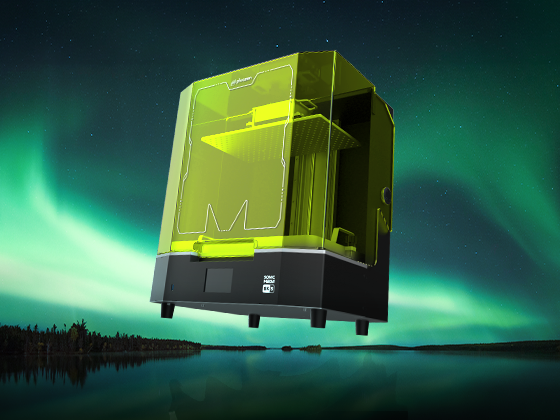
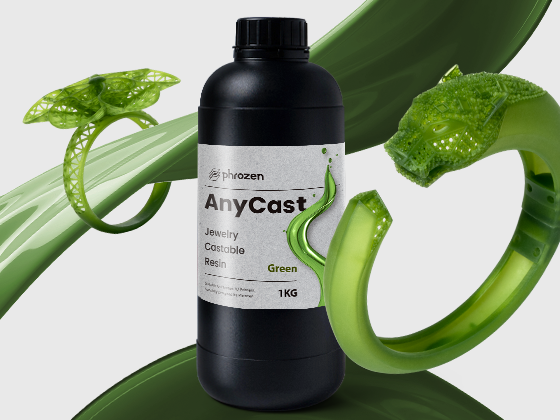
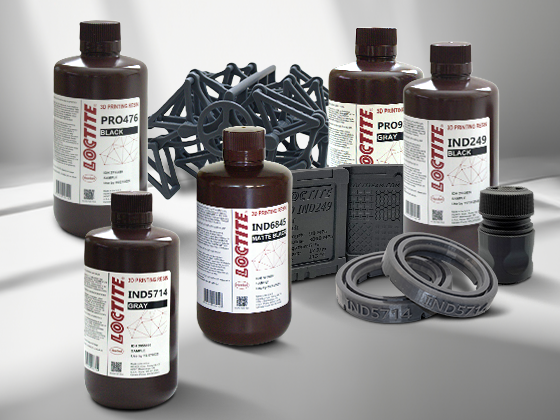
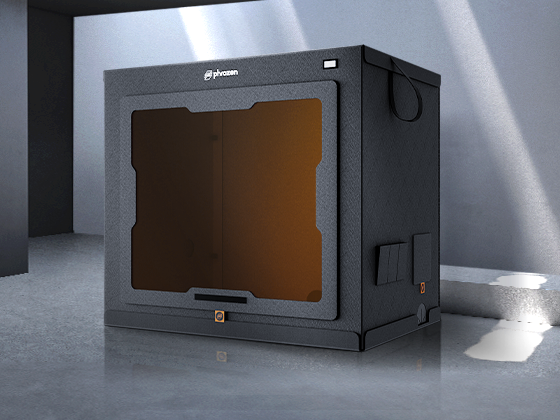
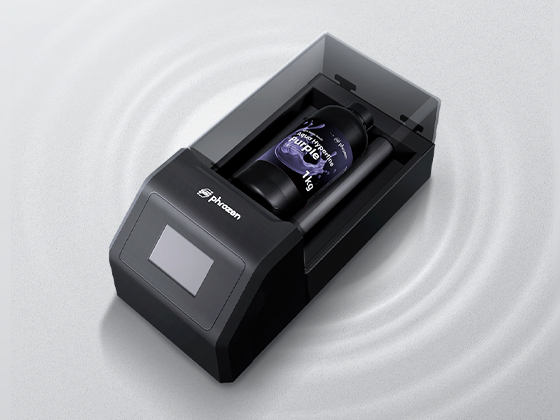
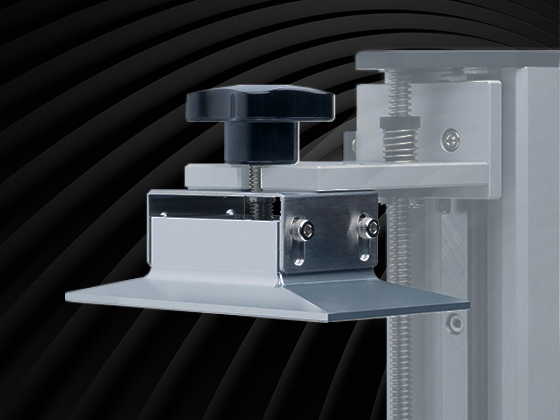
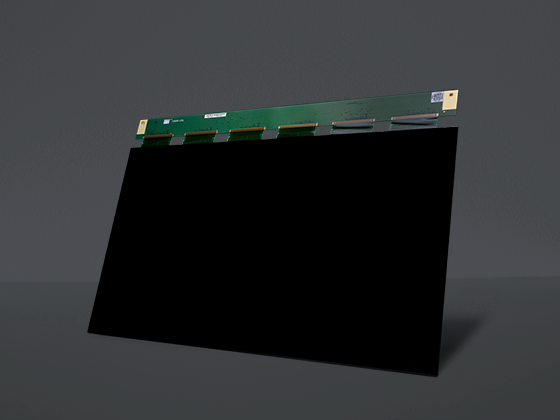
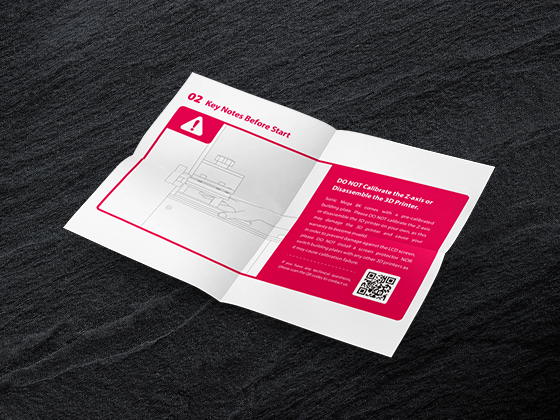
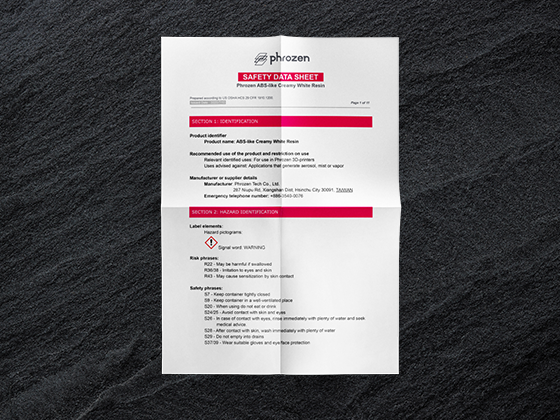
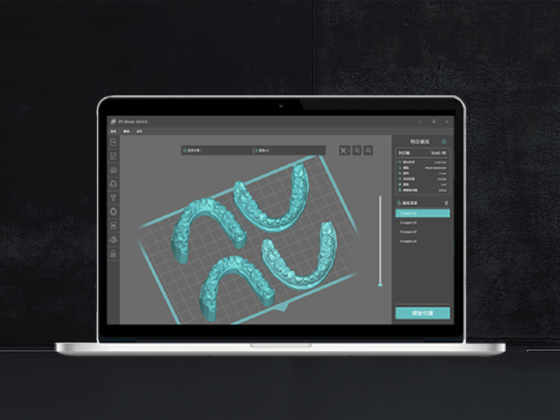
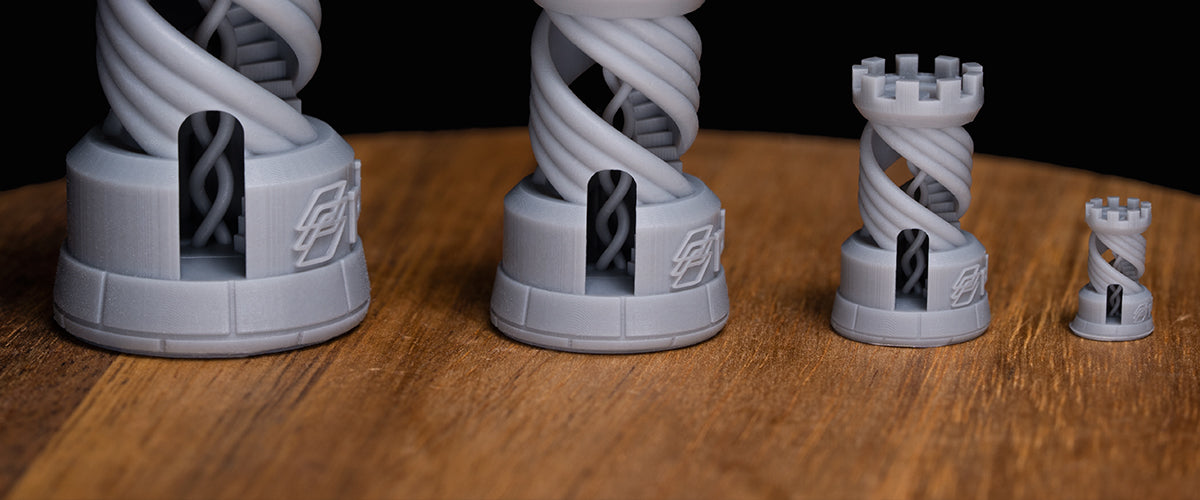
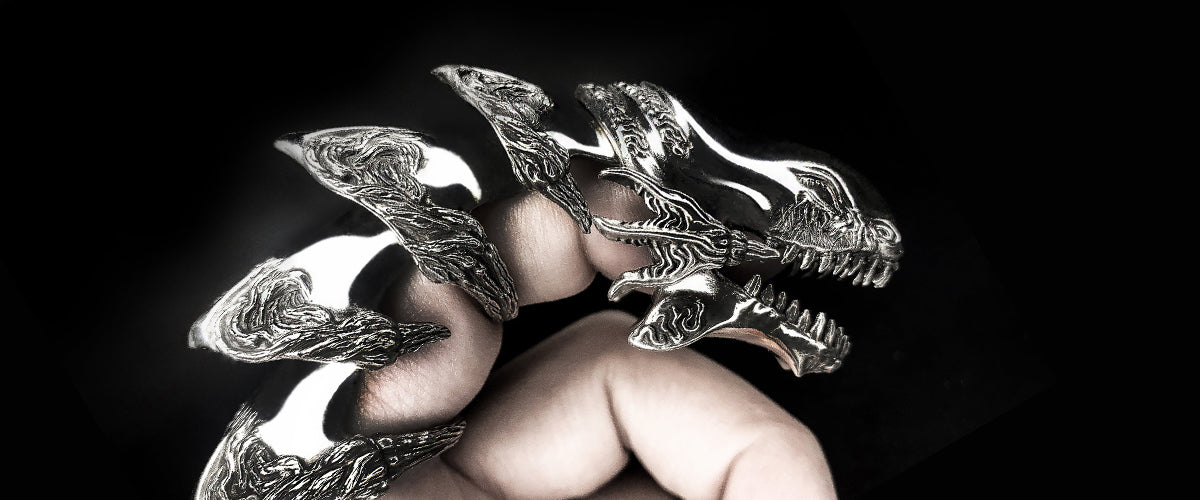

1 comment
Vijaykumar Hiremath
As someone who is just exploring the 3D printing world, this article has helped to understand the major differences between 2 of the most widely used processes, thanks!
———
Phrozen Technology replied:
We’re glad we could help you out!
As someone who is just exploring the 3D printing world, this article has helped to understand the major differences between 2 of the most widely used processes, thanks!
———
Phrozen Technology replied:
We’re glad we could help you out!